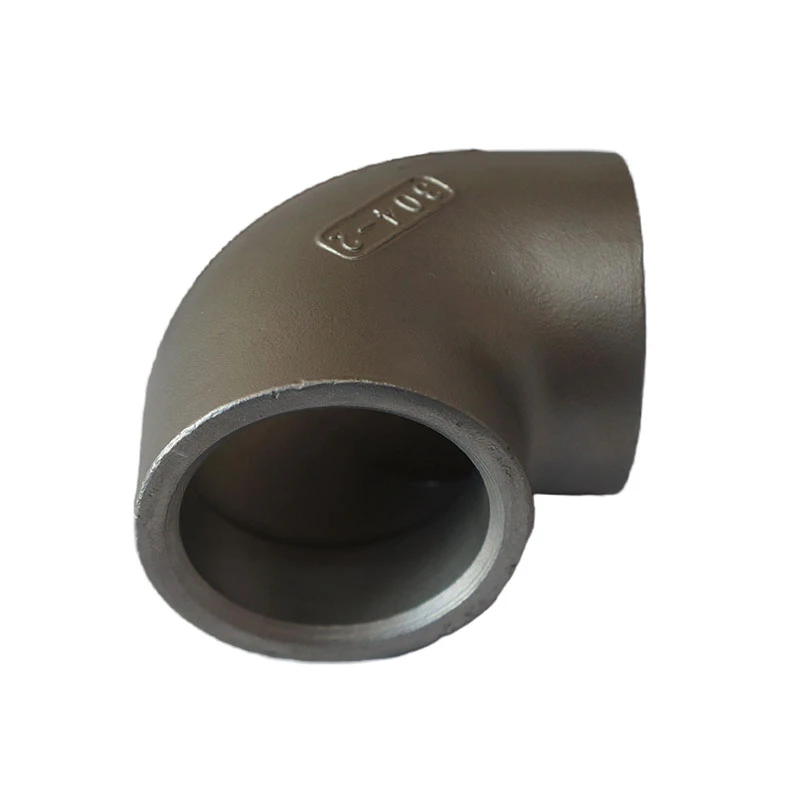Understanding the Benefits of Cold Chamber Pressure Die Casting Process in Manufacturing
Cold Chamber Pressure Die Casting An Overview
Cold chamber pressure die casting is a highly efficient manufacturing process that involves the production of metal components with high precision and excellent surface finish. This method is particularly favored for materials that have high melting points, such as aluminum, copper, and zinc alloys. The cold chamber die casting process is distinct from the hot chamber method, which is more suitable for low melting point metals. In this article, we will explore the intricacies of cold chamber pressure die casting, its applications, benefits, and potential challenges.
The Cold Chamber Process Explained
In the cold chamber die casting process, the molten metal is poured into a chamber, where it then flows into a metal mold under high pressure. Unlike the hot chamber method, where the metal is kept molten in the die casting machine itself, the cold chamber technique requires that the metal be melted in a separate furnace prior to casting. This design minimizes contamination risks and is especially advantageous for metals that can deteriorate when exposed to high temperatures for extended periods.
The cold chamber die casting machine typically features a cylinder where the metal enters. Once the metal is ready, it is poured manually or automatically into this chamber. A hydraulic plunger then pushes the molten metal into the die, filling the detailed cavities of the mold. The process is relatively quick, often taking just a few seconds from the moment the metal is injected to the point when the components are ready for ejection.
Applications of Cold Chamber Pressure Die Casting
Cold chamber pressure die casting is widely used in various industries due to its ability to produce complex geometries and maintain consistent dimensions. Common applications include
1. Automotive Parts Many critical components such as engine blocks, transmission cases, and structural parts are manufactured using this technique due to the strength and lightweight nature of aluminum.
2. Consumer Electronics Housings for devices like smartphones, laptops, and tablets often use cold chamber die casting to achieve precise and aesthetically pleasing designs.
3. Industrial Equipment Cold chamber die casting is also prevalent in creating parts for machinery and tools, owing to its ability to produce sturdy and reliable components.
cold chamber pressure die casting

Advantages of Cold Chamber Pressure Die Casting
1. High Precision and Surface Finish This method allows for the production of intricate designs with tight tolerances, essential for many modern manufacturing needs.
2. Material Versatility Cold chamber pressure die casting can accommodate a range of materials, especially those with higher melting points, compared to hot chamber methods.
3. Reduced Contamination Risks Since the melting and casting processes are separated, the chances of oxidation and contamination are minimized.
4. Scalability This process is ideal for high-volume production runs, as it supports rapid cycles between casts.
Challenges in Cold Chamber Pressure Die Casting
Despite its many benefits, cold chamber pressure die casting also presents some challenges. One of the main concerns is the initial setup cost, as the machinery and molds can require significant investment. Additionally, the cycle time, though relatively quick compared to other methods, may still be longer than hot chamber techniques due to the need for manual metal pouring.
Also, because the process involves high pressures and temperatures, it is essential to maintain strict quality control throughout production to minimize defects such as air pockets, dimensional inaccuracies, and surface flaws.
Conclusion
Cold chamber pressure die casting is a formidable process that has transformed the way metal components are manufactured across various industries. Its ability to produce high-quality, precise, and complex parts makes it an invaluable technique in modern manufacturing. As technology advances, innovations in this field will likely enhance efficiency and broaden the applications of cold chamber pressure die casting even further, solidifying its role in the future of manufacturing.
-
Precision Sheet Metal Stamping Manufacturer | Fast & ReliableNewsAug.01,2025
-
OEM Sand Cast Pump Valve Fittings - Baoding Hairun Machinery And Equipment Trading Co., Ltd.NewsAug.01,2025
-
Custom OEM Impellers | High Efficiency & PrecisionNewsAug.01,2025
-
OEM Sand Cast Pump Valve Fittings - Baoding Hairun Machinery | Customization, Quality AssuranceNewsAug.01,2025
-
OEM Sand Cast Pump Valve Fittings - Baoding Hairun Machinery And Equipment Trading Co., Ltd.NewsAug.01,2025
-
OEM Sand Cast Pump Valve Fittings - Baoding Hairun Machinery And Equipment Trading Co., Ltd.NewsJul.31,2025















